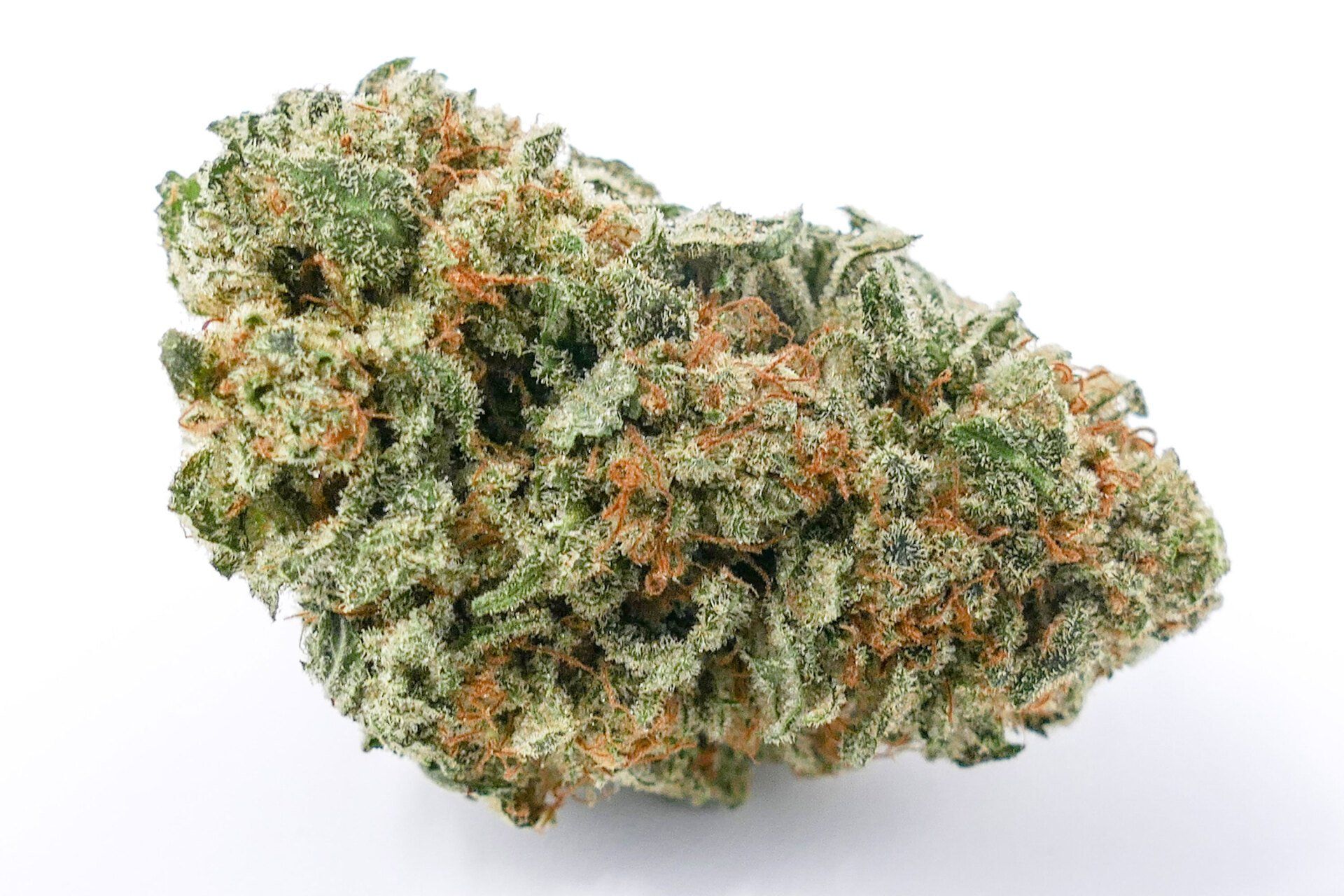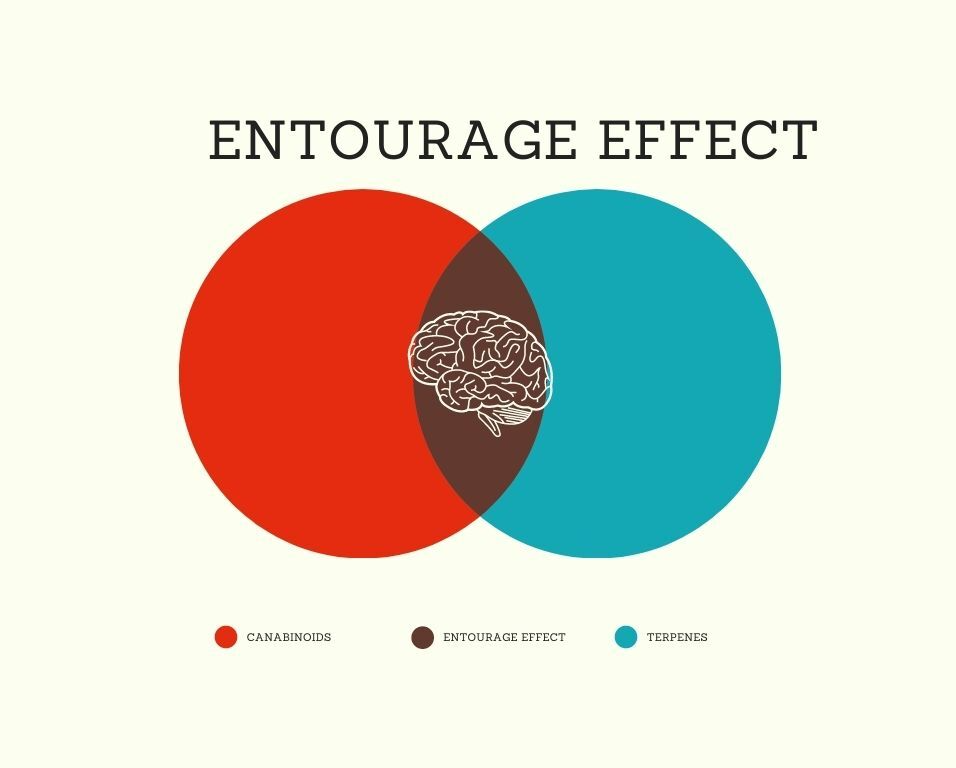Roots of Responsibility
Now that cannabis is legal in Massachusetts, it is important to familiarize yourself with some cannabis laws and cannabis basics before and after you head to our dispensary for the first time. You must be over 21 or hold a valid Massachusetts medical marijuana card, and you must show a valid form of government ID to enter a cannabis dispensary.
Our dispensary agents are your Cannabis Experience Guides and are versed in cannabis knowledge. From cannabis history to state laws to cannabis resources and general medical and adult-use marijuana knowledge, a visit to Local Roots will leave you satisfied and prepared to answer your own and your friends’ cannabis questions.
What Is Marijuana?
Marijuana is a plant species of the genus cannabis with rich history in the debate of prohibition and discrimination dating back to the 1920s. "Marijuana" was coined in the 1920s as a derogatory catch-all term for this plant and its users. The primary and psychoactive component in marijuana-cannabis is tetrahydrocannabinol (THC). The second-most common cannabinoid attributed to cannabis is CBD (cannabidiol). CBD has little to no psychoactive properties and may induce a more calming or settling effect. The endocannabinoid system (ECS) and the hundreds of cannabinoids and terpenes that make up each cannabis strain are two reasons why cannabis can effect each person so differently and so significantly.
Did you know? The human body produces an endocannabinoid "anandamide" which mimics THC in molecular structure and effects. Anandamide comes from the Sanskrit word ‘ananda’ meaning bliss.
What Does Marijuana Do?
Marijuana cannabinoids, specifically THC, directly effect the human endocannabinoid system (ECS), the largest receptor in the human body. The ECS is crucial to keeping our bodies in balance; it regulates a number of physiological and cognitive processes including appetite, pain-sensation, mood, energy, and memory. Many ailments and diseases may be related to endocannabinoid deficiencies, so marijuana has the potential to assist in the natural attempt by the ECS to regulate our bodies.
Second to cannabinoids, naturally occurring terpenes significantly impact how a marijuana strain will affect the user. Terpenes can be found in all plants, in essential oils, and in many daily-use supplies.
Marijuana may be effective in treating hundreds of ailments. The cannabis plant was included in the first documented pharmacopeia in 2700 BCE. There is evidence of cannabis as an international herbal remediation and phenomenon for thousands of years.
The Entourage Effect
There are many complex components to the marijuana plant and it is most effective when its parts work in tandem. Isolated THC is simply not as robust as THC plus the many minor cannabinoids and terpenes that make up this incredible plant. The effect of these many components working together is called the Entourage effect.
THC opens and binds to endocannabinoid receptors CB1 and CB2 located throughout the mammalian body. When THC molecules open these receptors, other cannabinoids can bind more effectively too.
You may prefer the effects of isolated THC or CBD the way some folks just like the drum solo, but clinical studies suggest that the best results are achieved when the pieces work together.
Cannabis Classification
All cannabis is not created equal. With advancement in cultivation technology and decades of breeding and crossbreeding cannabis seeds and strains, there are more products and ways to consume cannabis than ever before.
If you are a newer cannabis consumer, it is important to understand and consider the strain or product you choose and dosage each time. Just like every day is a little different, every time you consume cannabis there may be new variables to consider. We recommend low and slow for all methods.
Knowledge is power! Understanding the different types of cannabis strains, their associated benefits, and side-effects can help you ensure a positive, holistic experience. There are hundreds of cannabis strains with a variety of cannabinoid and terpene combinations, each with unique associated effects.
Marijuana strains are conventionally classified by three broad categories: Sativa, Indica, and Hybrid. In Sativa, Indica, and Hybrid alike, Terpene profiles and minor cannabinoids have a distinct impact on the ultimate effects.
Sativa
Sativas are the energy boosters and most closely resemble cannabis-hemp plants being long and thin in stature with long and thin leaves as well as bright or light green in color. There are very few true Sativa strains on the market today. Some examples which resemble true Sativas in stature and in effects include Green Crack and Durban Poison. Sativas grow best in warm, outdoor climates.
Sativa or Sativa-dominant cannabis is typically associated with daytime consumption with effects ranging from higher levels of energy to mental stimulation. Sativas may be the ideal strains for someone who does not get overwhelmed by stress and would like to boost their creativity.
Indica
Indicas are often considered the sedative flowers. They are typically short and full-figured plants, and fare better in cool climates compared to Sativas. Indica typically have a shorter flowering cycle and often produce plants with darker green and even purple coloring. Consuming Indica cannabis is commonly associated with sleep, pain relief, lethargy, and a decrease in stress.
Consider consuming an Indica if you’re feeling stressed, having trouble sleeping, or need to relax after a long day at work.
Hybrid
Hybrid strains can be any combination of cannabis strains, at least 2 or more, and the plants come in many shapes and sizes. Hybrids can be a Sativa-dominant strain crossed with another Sativa; an Indica-dominant strain crossed with another Indica; or an Indica-dominant strain crossed with a Sativa-dominant.
This is the broadest category of cannabis where approximately 90% of strains on the Massachusetts market will fall. The key to finding a good Hybrid is knowing the general affects you are looking for beyond Sativa or Indica categorizations. For example, you may find an Indica strain like Granddaddy Purple (a hybrid of two Indica-dominant strains Big Bud and Purple Urkle) is relaxing and euphoric. Similarly, Northern Lights is an Indica associated with relaxing and euphoric effects, but it is a hybrid of Afghani (Indica) and Thai (haze sativa) landrace strains.
Hybrid strains tend to operate on a scale. For example, a strain like Blue Dream is a 70-30 Sativa-dominant Hybrid. So, you may experience an energetic high that is less intense than a full sativa, but may still offer some of the stress relief of an Indica.



